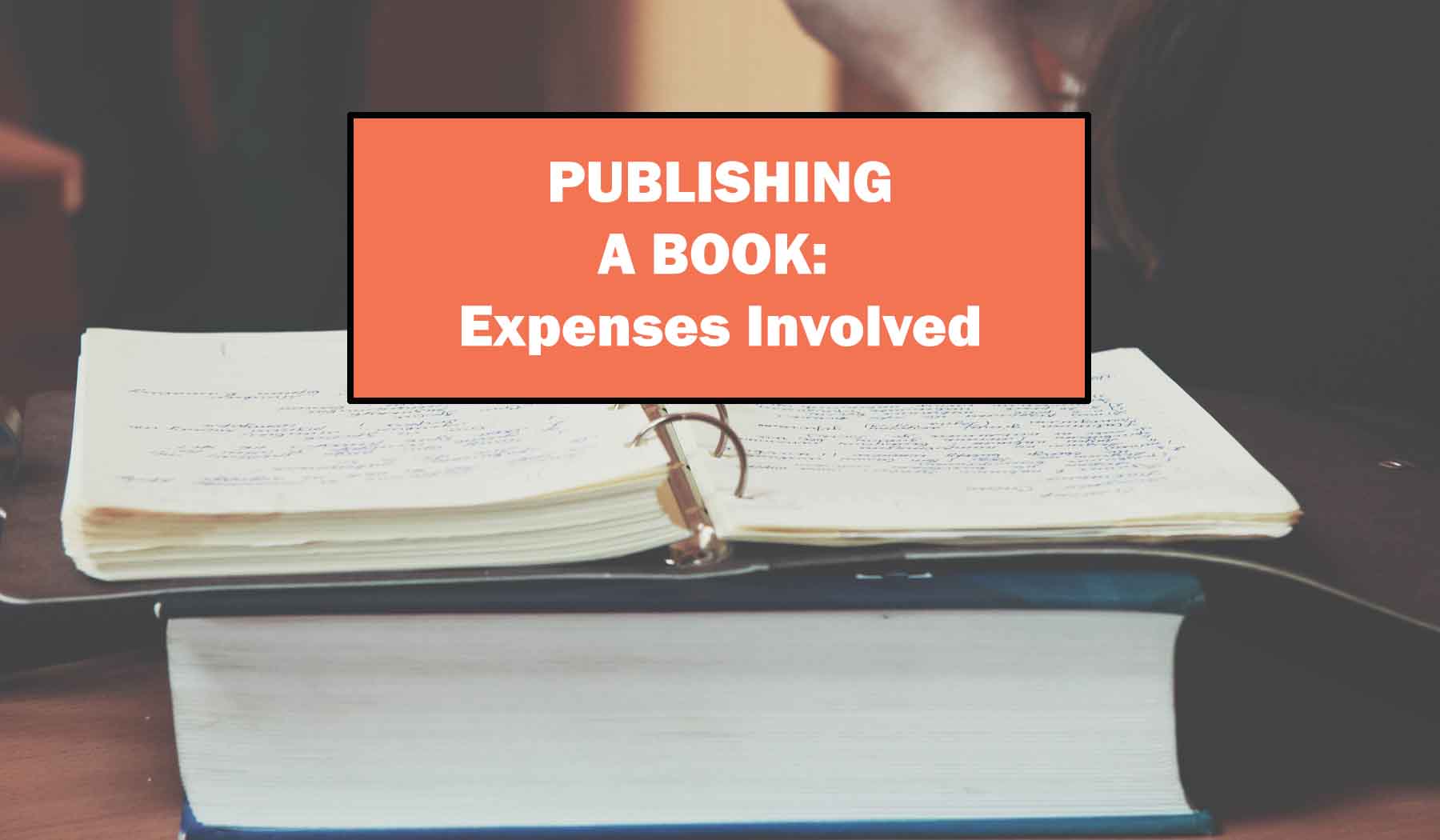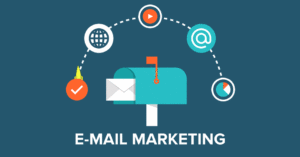Publishing a book is a dream for many aspiring authors, but the path to becoming a published author comes with its own set of challenges, especially when it comes to the financial aspects.
In this comprehensive guide, we will break down the costs associated with publishing a book, stage by stage, while also delving into real-life examples of author spending.
Understanding the Stages of Book Publishing
1. Writing and Editing
- Ghostwriting: Some authors opt for professional ghostwriters, which can cost anywhere from $5,000 to $50,000, depending on the complexity and length of the book.
- Editing Services: Professional editing services range from $500 to $5,000, depending on the level of editing needed.
2. Cover Design and Formatting
- Cover Design: A professionally designed book cover can cost between $300 and $1,500.
- Formatting: Hiring a professional formatter may cost between $200 and $1,000, depending on the complexity of the book’s layout.
3. Publishing Platform Costs
- Self-Publishing Platforms: While platforms like Amazon Kindle Direct Publishing (KDP) and others offer free publishing, authors may choose to invest in additional services, such as marketing packages, which can range from $99 to $2,000.
4. Marketing and Promotion
- Book Marketing: Creating a buzz around the book requires investment. Authors might spend $500 to $5,000 on marketing strategies like book trailers, social media promotions, and email campaigns.
- Book Tours: Virtual or physical book tours can cost between $500 and $5,000, including travel expenses.
Real Author Spending: Case Studies
1. Success Stories
- Hugh Howey: The self-published author of “Wool” invested around $300 in cover design and formatting. His success demonstrates that quality content can outweigh high initial spending.
- Amanda Hocking: Another self-published author, Amanda Hocking, invested in cover design and minimal marketing, spending under $2,000 on her way to becoming a bestseller.
2. Cautionary Tales
- High Initial Spending: Some authors invest heavily in marketing without ensuring their manuscript is market-ready. This can lead to financial setbacks without guaranteed success.
- Underestimating Costs: Authors who underestimate the expenses involved may find themselves cutting corners on essential services like editing and cover design, potentially impacting the book’s quality and marketability.
Publishing a book involves a combination of passion, dedication, and financial investment.
By understanding the costs associated with each stage and learning from real author spending experiences, aspiring authors can make informed decisions on their publishing journey.
While success stories prove that strategic spending can lead to fruitful outcomes, cautionary tales emphasize the importance of balancing expenses and ensuring a high-quality final product.
Ultimately, navigating the world of book publishing requires a blend of creativity, business acumen, and a realistic approach to budgeting.










